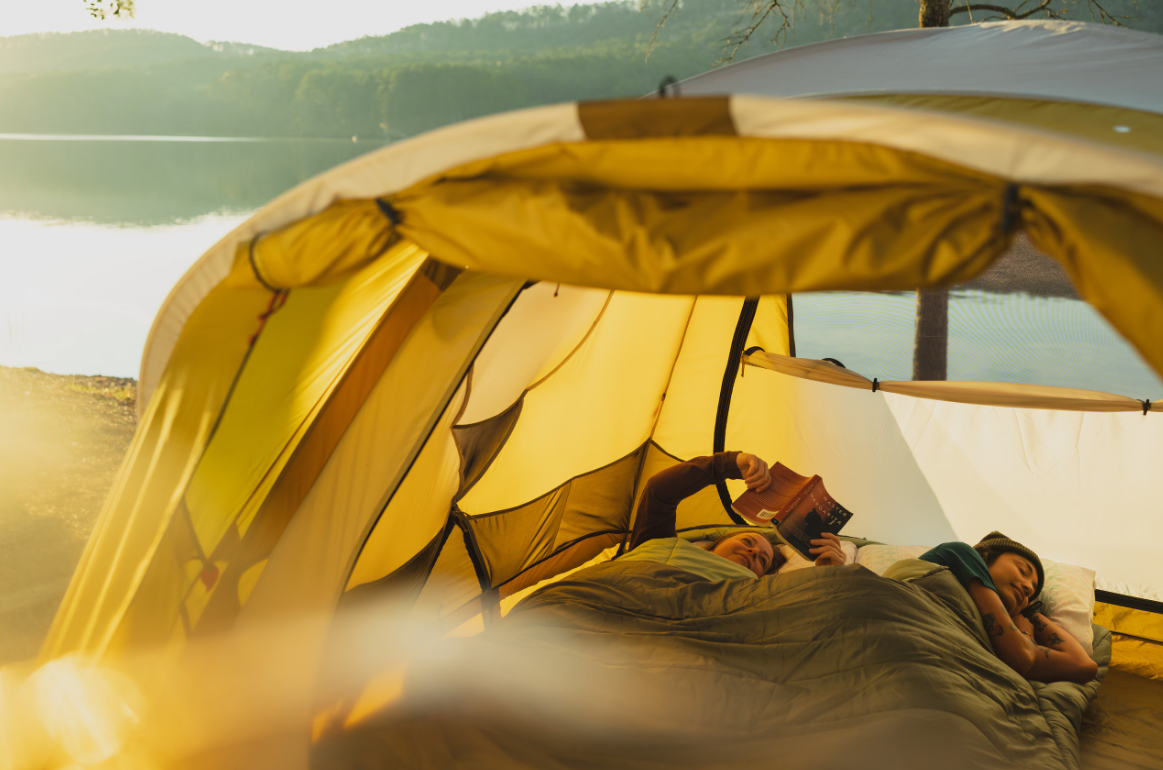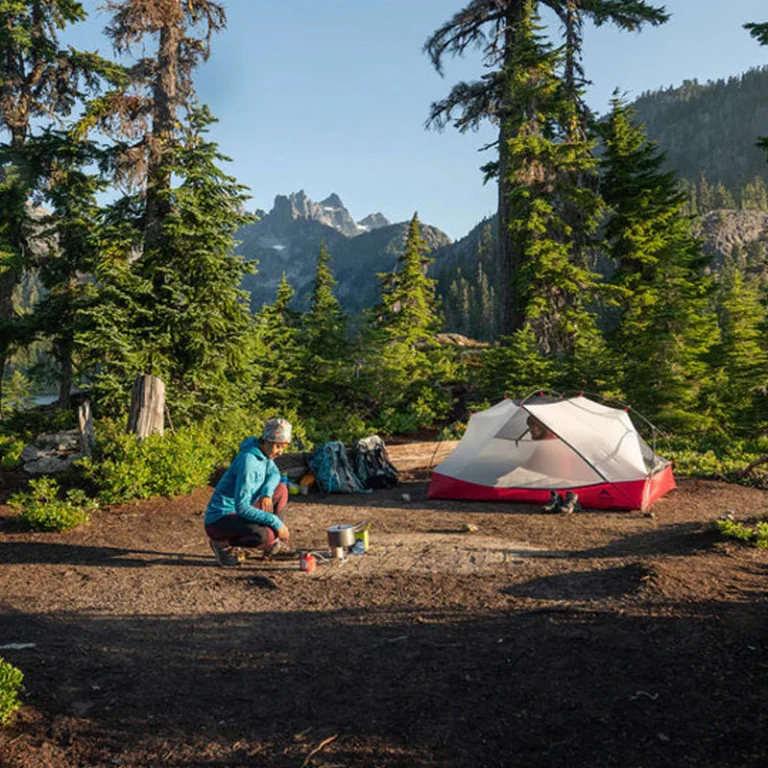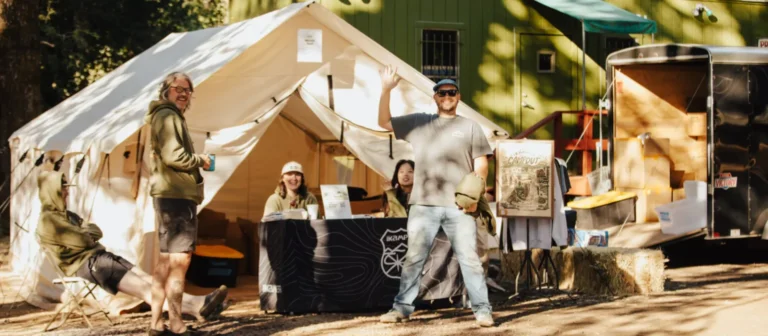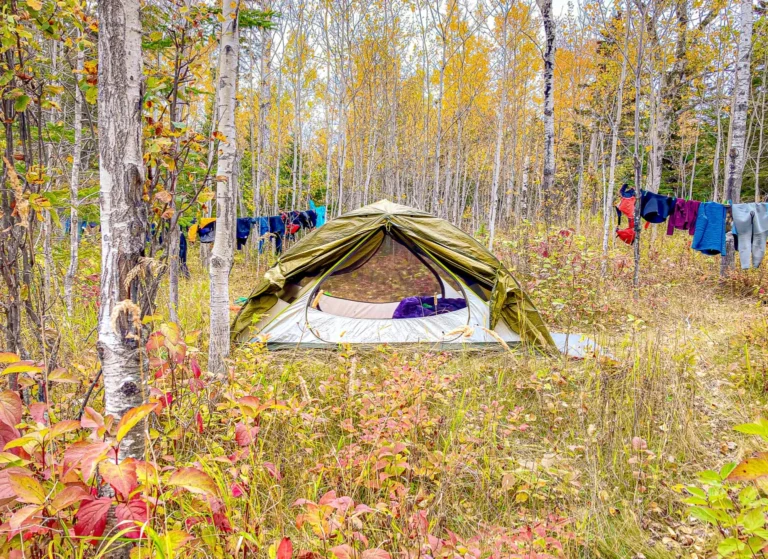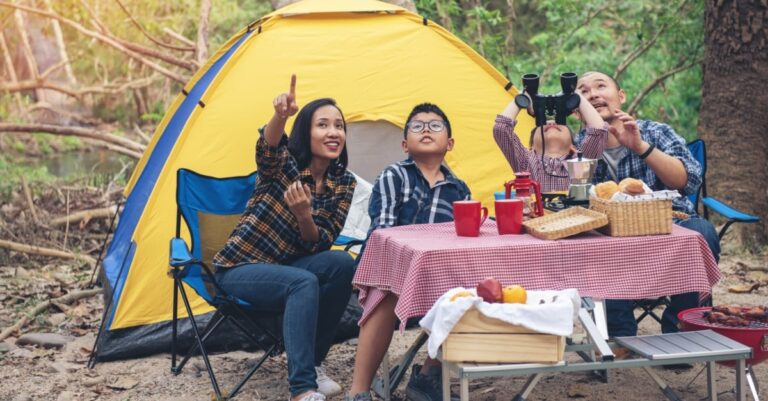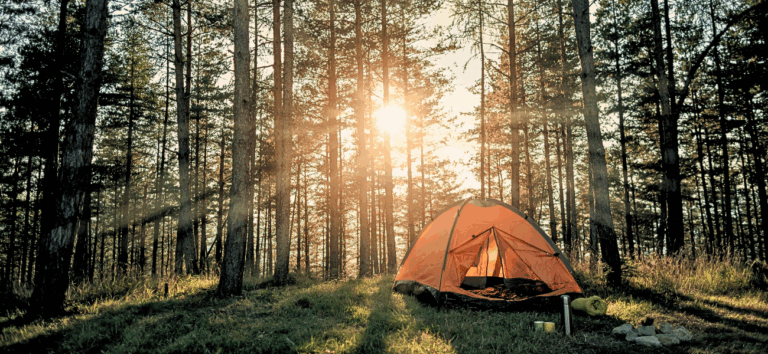How to Pick the Right Sleeping Bag for Camping: A Buying Guide
A sleeping bag is one of the most crucial pieces of equipment you’ll need for camping. Comfort is only one aspect of a good sleeping bag; other features include warmth, protection, and ensuring that you get enough sleep to enjoy your outdoor experience. It can be difficult to choose the best one because there are so many varieties, shapes, and temperature ratings. You can choose the sleeping bag that best suits your camping preferences by using this guide to help you sort through the options.
1. Understand Sleeping Bag Temperature Ratings
The first thing to consider is the temperature rating, which tells you the lowest temperature at which the bag will keep you warm. However, these ratings assume you’re wearing base layers and using a sleeping pad.
- Summer Bags (35°F and higher / 1°C and higher): Lightweight and breathable. Great for warm-weather camping.
- 3-Season Bags (20°F to 35°F / -7°C to 1°C): Versatile, ideal for spring, summer, and fall trips.
- Winter Bags (20°F and below / -7°C and below): Heavily insulated, designed for cold-weather camping and snow.
👉 Tip: Always choose a bag rated slightly lower than the coldest temperature you expect.
2. Choose Between Down vs. Synthetic Insulation
Insulation is what keeps you warm inside your bag. The two main types are down and synthetic.
- Down Insulation:
- Lightweight and highly compressible (packs small).
- Provides excellent warmth-to-weight ratio.
- Long-lasting if cared for properly.
- Downside: Loses warmth when wet and usually more expensive.
- Synthetic Insulation:
- Retains warmth even when wet.
- Dries quickly and is generally more affordable.
- Bulkier and heavier than down.
- Ideal for damp or humid environments.
👉 If you’re a backpacker who values light weight, go for down. If you’re camping in wetter climates, synthetic is safer.
3. Pick the Right Sleeping Bag Shape
Sleeping bags come in different shapes that affect comfort, warmth, and weight.
- Rectangular Bags:
- Spacious and comfortable.
- Good for casual campers and car camping.
- Not the best for extreme cold, since heat escapes easily.
- Mummy Bags:
- Tapered shape hugs your body, minimizing heat loss.
- Lightweight and efficient for backpacking.
- Can feel restrictive for restless sleepers.
- Semi-Rectangular / Barrel Bags:
- Balance between comfort and warmth.
- Roomier than mummy bags but more heat-efficient than rectangular ones.
- Double Bags:
- Designed for two people.
- Great for couples but heavier to pack.
4. Consider Weight and Packability
If you’re car camping, weight isn’t much of an issue—you can choose comfort over packability. But for backpackers, every ounce matters.
- Backpacking Bags: Lightweight, compact, and easy to carry.
- Car Camping Bags: Larger and heavier but offer more comfort and room.
👉 Pro tip: Always check the packed size if you’ll be carrying it in a backpack.
5. Look for Extra Features
The little details can make a big difference in your camping experience. Look out for:
- Hood: Keeps your head warm in colder weather.
- Draft Tube: An insulated flap along the zipper that prevents heat from escaping.
- Zipper Type: Two-way zippers allow better ventilation.
- Stash Pocket: Handy for storing small items like a phone or headlamp.
- Water-Resistant Shell: Adds protection in damp conditions.
6. Test for Fit and Comfort
Just like clothes, sleeping bags come in different sizes. Make sure the bag suits your body shape and height:
- Regular vs. Long Sizes: Taller campers should go for long versions.
- Women-Specific Bags: Designed to fit body shapes better and provide more insulation in key areas.
- Kids’ Bags: Smaller, lighter, and warmer for children.
7. Budget and Value
Sleeping bags can range from budget-friendly to high-end technical gear. Your choice depends on how often you camp and where you plan to go.
- Budget Bags ($30–$80): Good for occasional summer camping.
- Mid-Range ($80–$200): Great balance of warmth, weight, and durability.
- Premium ($200+): Ultralight, highly compressible, and designed for serious adventurers.
Final Thoughts
A sleeping bag is more than just camping gear—it’s your cocoon of warmth and comfort under the stars. By considering temperature ratings, insulation type, shape, weight, and features, you’ll find the perfect match for your outdoor adventures. Whether you’re car camping with family, backpacking solo in the mountains, or braving winter conditions, the right sleeping bag can turn a rough night into a restful one.

